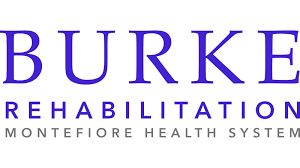I have dedicated the past 25 years to helping seniors preserve their abilities to think, remember, and function cognitively. Throughout the course of this work I have developed a method that helps art and recreation therapists and caregivers to engage the elderly. It’s called Therapeutic Thematic Arts Programming (TTAP).
Three main goals are woven throughout the thematic programming process:
- Through the continual use of creativity, the therapist identifies a fundamental link among self-esteem, self-worth, and intrinsic motivation and encourages this process to take place continually within the group.
- Through the continual use of past and present personal pursuits, life experiences, and interests that have accrued across one’s lifespan, the TTAP method elevates each individual’s self-expression to a central position in all programming.
- Each individual’s unique combination of skills, multiple intelligences, and capabilities for self-expression is incorporated.
These goals are accomplished by using connected creative activity around a theme to provide a stimulating and rich group experience for the participants. Each individual is stimulated within the group through a series of nine steps known as the TTAP Method:
Step 1: From individual thought to group ideas (linguistic).
Step 2: From ideas on the page to music off the page (musical).
Step 3: From music in the mind to the image (spiritual).
Step 4: From image to sculpture (kinesthetic).
Step 5: From sculpture to movement (kinesthetic).
Step 6: From movement to words/poetry and stories (linguistic).
Step 7: From words to food for thought (linguistic).
Step 8: From thought to theme event (interpersonal).
Step 9: From event to photography (intrapersonal).
TTAP incorporates the creative arts into a structured therapeutic program, so that through sculpture, music, art, poetry, and other events, our older citizens can engage their minds, bodies, and senses to prolong the quality of their life and their ability to function on so many levels.
These activities can provide significant relevance to real life. These activities are structured yet flexible and are individualized for each participant’s learning needs or interests. They provide a natural way of learning and processing information through enjoyable moments.









